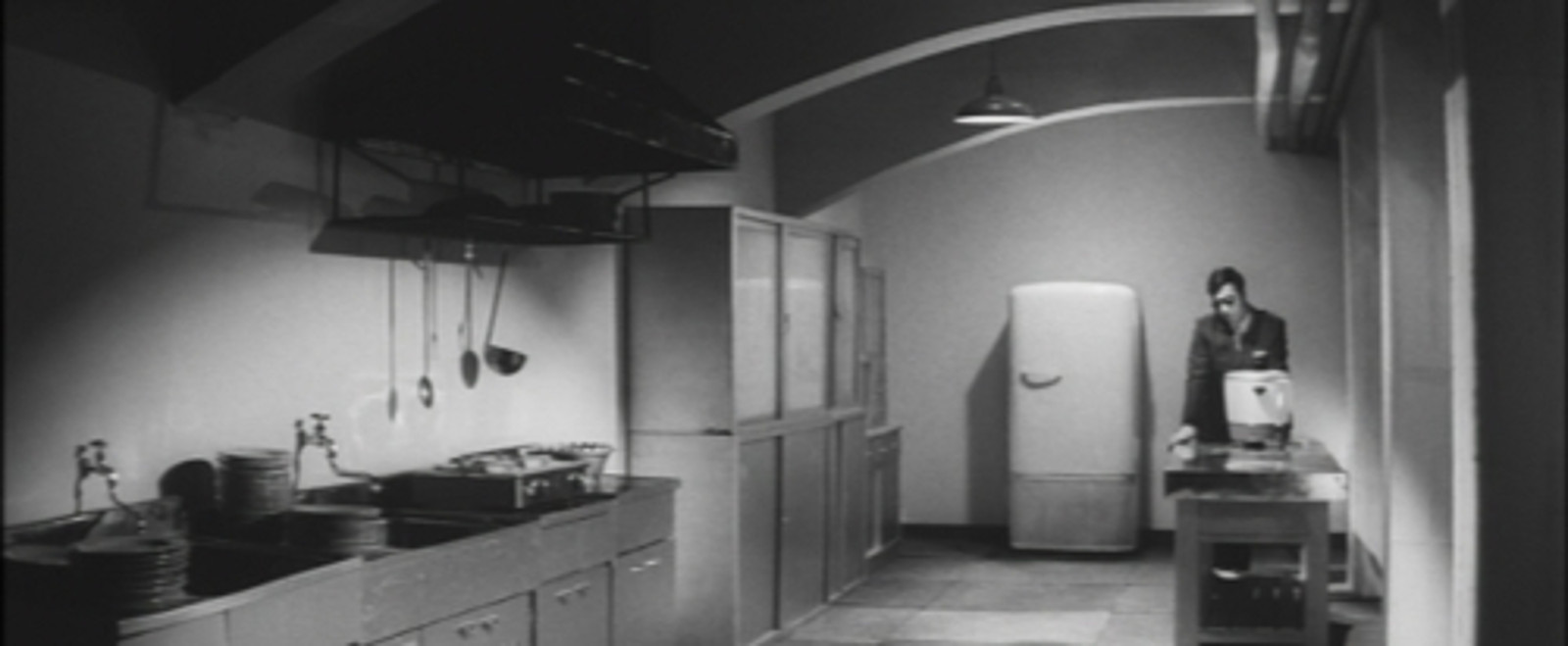The Shoutoku Elementary School was located near Asakusa until the end of WWII, only about 4 km from the school Masako Toyoda of “Composition Class (1938)” attended. In 1932, of 1200 students in the Shoutoku elementary school, 113 were not able to bring their own lunch, because their families were too poor. The average household income of these children’s home was 15.69 yen per month, equivalent of $500 today. But 60% of the income was spent on the rent.
The poverty depicted in “Composition Class (1938)” was nothing new back then. The global recession triggered by Wall Street Crash in 1929 hit hard on Japanese economy as well, particularly on the people living in the lowest spectrum of the society. If we look at the statistics, GDP of Japan ranked 8th in 1937, just behind France. However, if we look at GDP per capita, Japan ranked 25th, less than half of that of Germany and almost one-third of that of United States. It might have looked a “progressive” nation as a whole, but, in reality, the economy was still heavily pre-industrial, and was not sufficiently feeding its people.

Before Manchuria, there was annexation of Korea in 1910. By 1920, a large population of Koreans emigrated, or simply moved to Japan main islands, attracted by prospects of work. During WWI, Japanese industry experienced an enormous push from global demand caused by the devastated state of the European industry. Cheaper labors were in demand in the spinning mills, the textile factories and the coal mines, and these industries attracted many Koreans. Also, under Japanese rule, the poorly-planed and executed land reform disorganized Korean agricultural system. Poor sharecroppers, the bottom of the farming industry, had no choice but to look for works in Japan, where they would be paid better. At the time of Kanto Earthquake in 1923, more than 130,000 Koreans were living in Japan.
On September 1, 1923, the earthquake of 7.9 in magnitude hit the Kanto area, destroying the large part of Tokyo metropolis. More than 140,000 casualties were reported and about 40,000 were missing. Vicious, devilish rumors started spreading around in the darkest night; Koreans are torching houses, Koreans have poisoned the drinking water, Koreans are beating up people, raping girls and murdering innocent children. Since that night, for a week or probably longer, vigilantes and self-proclaimed guardians murdered thousands of Koreans in the most cowardly and brutal fashion imaginable. You may call it mass hysteria of xenophobia gone mad. The initial rumor was spread by the police with the clear intention of ethnic-cleansing Koreans, whom the police and secret police had suspected inflaming labor dispute and Korean independence since a few years earlier. Torahiko Terada, the most prominent physicist and scientist of the era, actually recorded in his journal that a police officer was spreading this rumor in the Ueno Park during the night of September 1.

Next day, on September 2, the Director of the National Security Office of the Home Ministry dispatched a memo to the Naval base in Kure, suggesting possible terrorist attack by Koreans. The memo further stated local vigilantes and self-protecting units should be organized to tackle the issue. This Director of the National Security Office at the time was Fumio Goto, who later served in several cabinets as the Ministers of various functions during 1930’s and 40’s. He was the head of Taisei-Yokusankai, the para-fascist organization. After the war, he was imprisoned as a war criminal but released without trial. He served again as a Diet member, pushing the nuclear power policy in Japan. Matsutaro Shoriki, the chief of staff in Metropolitan Police at the time, was said to be another pivotal figure in this massacre. It is known that the officers of Metropolitan Police made rounds around the devastated city to spread the rumor. Shoriki went on to become the owner of Yomiuri Shinbun (Newspaper / News agency), the most powerful media mogul in Japan, and later served as the first chairman of Japanese Atomic Energy Commission to play hard ball to build as many nuclear plants as possible.
Yotsugi, the home of the film “Composition Class”, was the place where one of the most notorious incidents took place. The precise number of casualties is not known, but in one report, the soldiers executed Koreans with machine guns. It is recorded that the bodies of murdered Koreans were buried at the foot of the Old Yotsugi Bridge, along the bank of Arakawa river. Even more bodies were transported from the other places by trucks, unloaded and buried at the site. Two months after the earthquake, the police excavated the area, and damped the remains of victims somewhere else to cover up the incident.
In the movie, there is a scene where children were playing around on the slope of the river bank. The same river bank where the countless lives were brutally shredded to pieces fifteen years earlier. Some of the adults in the story (the story was based on the actual events) must have known the carnage of this magnitude in the neighborhood. But the film is completely oblivious of this history.

More than 90 years later, we have people shouting abusive, derogatory remarks against Koreans on streets of Tokyo. You can find people who claim “there is no proof that Koreans were murdered by Japanese in 1923”. You can read these same people claiming non-existance of Nanking Massacre, Comfort Women, and other atorcities. We don’t know what to do with them. We have failed nuclear reactors in Fukushima. We don’t know what to do with them, either. Then, we are still living like nothing has happened. This is the result of being oblivious of history.

